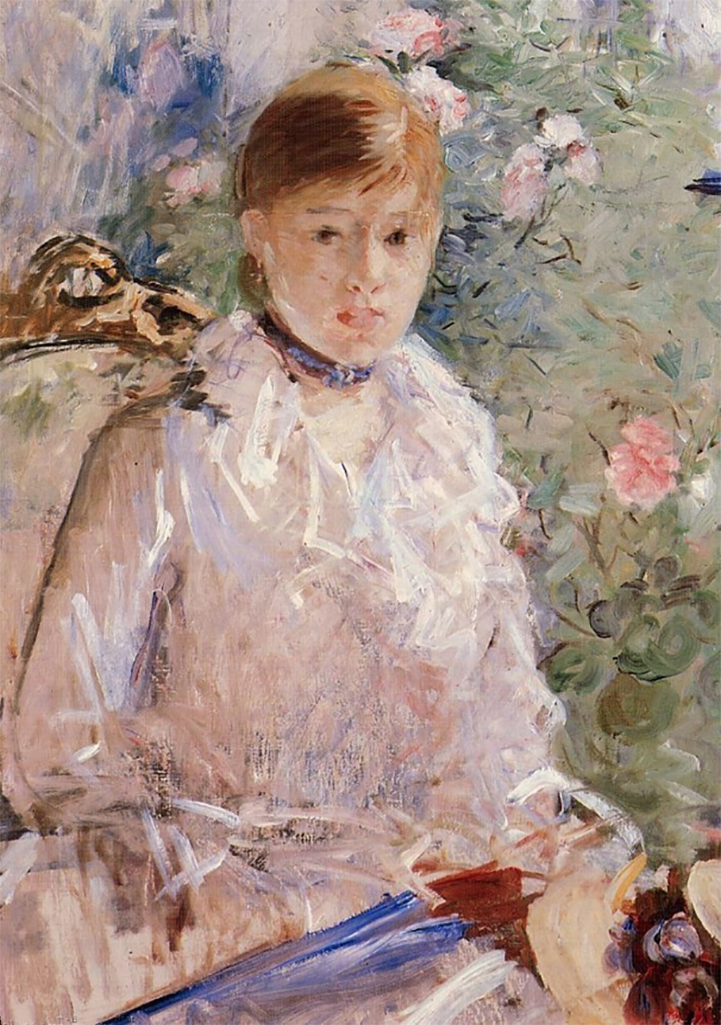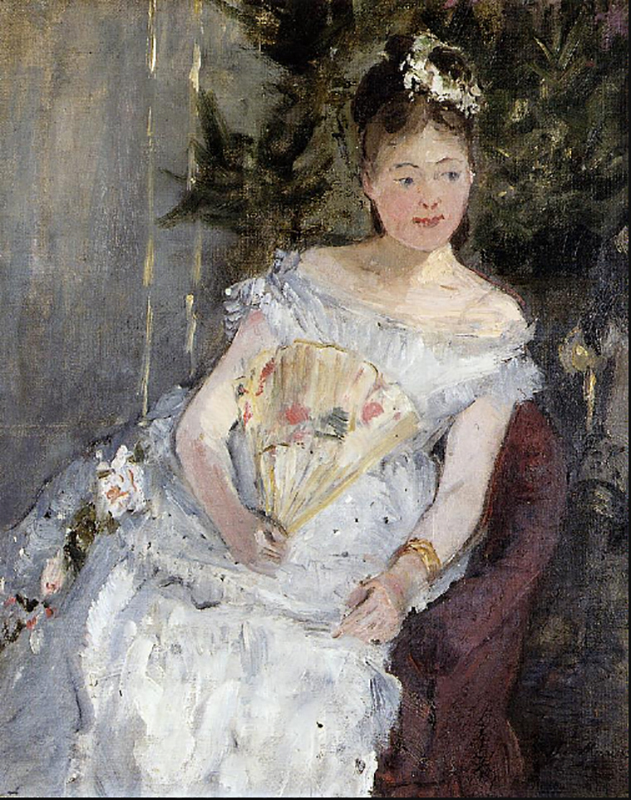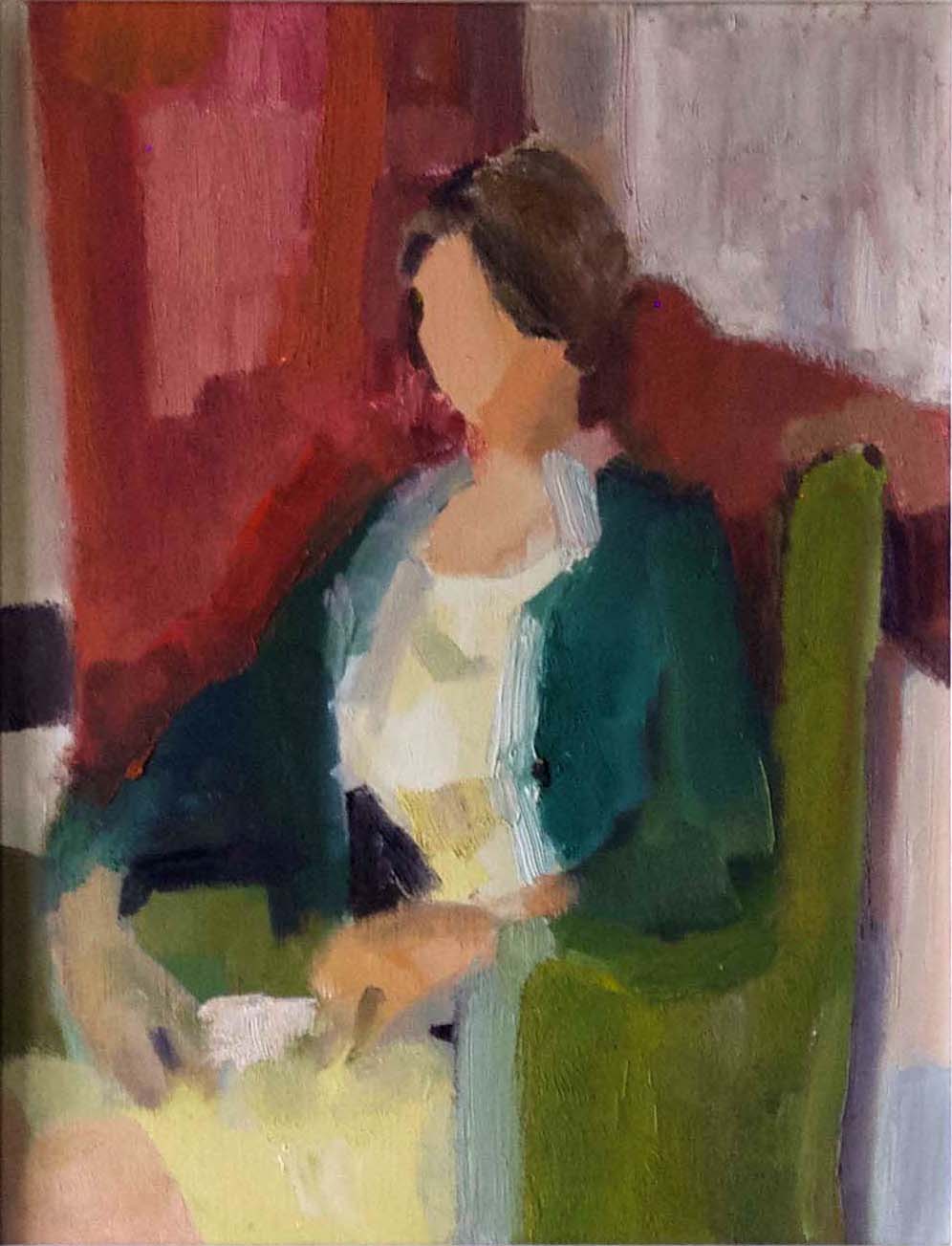Chapter 21 of my BOOK “Drawing with Knowledge“, entitled “Deformations–muscles, fat and clothes“, is not finished. Many of the large number of images required for illustrating the issues discussed in the text have not been made. Producing them will require several photo sessions with appropriate models. In the past, I have been putting off confronting the complications this will entail, until the book is accepted for publication. Now I have decided to make use of this website edition of the book, to present a preliminary version of the chapter in its current uncompleted form. I am doing so because, even as it stands, the text is important as it goes beyond what you are likely to find in other writings on anatomy.
As its title indicates Chapter 21 discuses issues relating to surface appearances in ways that are routinely omitted in other texts on anatomy. These occur for a number of reasons and the way they influence appearances can be due to a number of causes:
- Differences due to the fact of individual variations in properties of muscles
- Differences due to the fact of individual variations in characteristics of subcutaneous fat
- Pressures on muscles and fat between different body parts
- Pressures on muscles and fat between body parts and external objects
- Effects of gravity on muscles and fat.
Chapter 21 also discusses issues arising when a model is wearing clothes. In particular,
- Identifying regions both where clothes touch the body and where they follow its form closely
- Establishing where clothes leave space between them and the body
- Discovering how the characteristics of materials and the forces of gravity effect appearances.
Clicking on the link below will access chapter 21 in its current form:
CHAPTER 21 – DEFORMATIONS-MUSCLES, FAT AND CLOTHES
When I have a more comprehensive collection of relevant images, I will be inserting a number of them below on this web page. Meanwhile, I thought you might enjoy the three images I have chosen and the questions that go with them.
- The first is a symphony of mark-making by Berthe Morisot
- The second is by the same artist. It illustrates how knowledge of anatomy can underpin a masterly and sensitive depiction of human body parts.
- The third shows one of my own paintings, in which my feelings for colour dynamics dominated, to the exclusion of any concern about anatomy. The question is asked whether this is a good thing or a bad thing.
Do we need knowledge of muscles or fat?
Here are two paintings by Berthe Morisot that answer this question differently: The first painting with a tentative “no“. The second of them with a resounding “yes“. It had to be, in view of the underlying knowledge of anatomy enshrined in the quality of observation evident in the depiction of the model’s arms. Quite up to the exemplary standard of Edgar Degas.


Can other priorities override need for accuracy?
In the painting below, done in 1965, in the class of Professor Bohusz-Szyszko, I was enjoying testing out my teacher’s assertion that “all the best paintings are based on colour“. As is clearly evident, anatomy took a back seat. The question is “Did this have a good or bad effect on the result?” My answer is indicated by the outcome, which was sufficiently was positive to encourage me to continue with making paintings in the same spirit.

Three final questions
- Looking back at the top of the two Berthe Morisot paintings, do you think her priority was accuracy or expressing her feelings through the extraordinary range of mark-making dynamics she achieved, stretching from extreme delicacy to panache?
- Do you think that Professor Bohusz-Szyszko should have added “the feelings” to his claim that “all good painting is based on colour“? For myself, I might have found his dogmatic assertion easier to accept unreservedly, if it had been extended to be, “All good painting is based on both colour and feeling, as expressed through the dynamics of the combination of colour and mark-making“? Of course, the definition of “mark-making” would have to include the deliberate suppression of marks.
- What do you think is left out of the above?
Some quotations emphasising the centrality of the feelings:
Jean-Baptiste Siméon Chardin: “Did you say that one paints with colours? Not at all, one merely uses colours. One paints with feeling”.
John Constable: “Painting is just another word for feeling”.
Jean-Baptise Camille Corot (teacher of Berthe Morisot): “Never lose the first impression that moved us“.
Claude Monet: “Impressionism is nothing but immediate sensation. All the great painters were more or less Impressionists”.
Paul Gauguin: “My simple object, which I take from daily life or nature, is merely a pretext. It helps me, by means of a definite arrangement of lines and colours, to create symphonies or harmonies with them”.
Paul Cézanne: “painting is classifying one’s sensations of colour.”
Pierre Bonnard: “you can take any liberty with line, with form, with proportions, with colours, in order that the feeling is intelligible”.
Henri Matisse: “Colours and lines are forces and the secret of creation lies in the play and balance of these forces”.
List of chapters on drawing published so far
INTRODUCTORY TO ALL BOOKS
VOLUME ONE : “DRAWING ON BOTH SIDES OF THE BRAIN”
BOOK 1 : “DRAWING WITH FEELING”
The chapters so far loaded:
- Introduction to book 1 of “Drawing with Feeling”
- Chapter 1: Accuracy versus expression
- Chapter 2: Traditional artistic practices
- Chapter 3: Modernist ideas that fed into new teaching methods
- Chapter 4: the sketch and explaining the feel-system
- Chapter 5: Negative spaces
- Chapter 6: Contour drawing
- Chapter 7: Copying Photographs
- Chapter 8: Movement, speed & memory
- Chapter 9: The drawing lesson- preparation
BOOK 2 : “DRAWING WITH KNOWLEDGE”
The chapters so far loaded:
- Chapter 13 : Introduction to “Drawing with Knowledge”
- Chapter 14 : Linear Perspective
- Chapter 15 : Some core ideas
- Chapter 16 : Eye-line problems
- Chapter 17 : Head movement opportunities
- Chapter 18 : Axes of symmetry
- Chapter 19: Anatomy reviewed
- Chapter 20 : Structural basics
- Chapter 21 : Muscles, fat and clothes.
OTHER POSTS ON DRAWING:
- An inspirational 19th century teacher and his widespread influence on Modernism in drawing and painting
- The surprising eye, in diagrams
Full list of Posts in all categories
Return to the top of the page
Thank you again Francis for this insightful post. It is packed with useful knowledge about what to look for when drawing or painting the figure and much besides. The quotes are wonderful too. You give us much to reflect on many levels. This is so valuable for teaching.
Merci. J’ai appris quelque chose d’extrêmement intéressant pour le dessin avec modèle vivant. Quelle magnifique journée and wonderfull Journey. Marie Thérèse